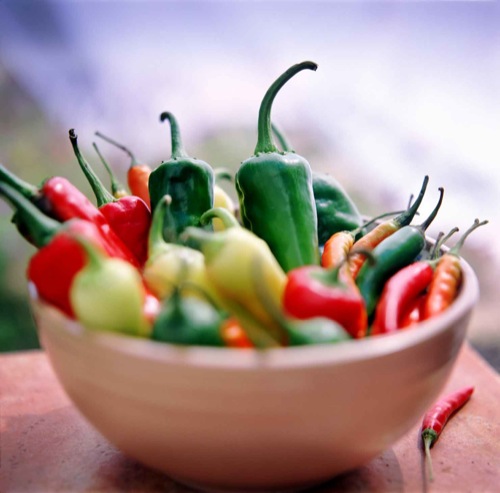
Courtesy Albuquerque CVB
You may not be aware of this, but there is more than one New Mexico. The way I count it, there are at least five.
Although the state occupies one large expanse of land in the American southwest, its diversity of topography and culture offers a wide array of travel experiences. There is desert, but there are also rivers and mountains. There is great Western heritage, but there is also modern art and a thriving culinary scene. Visitors can spend their days exploring cultural history in museums, hiking trails through national parks, learning to make green chili sauce or browsing some of the Southwest’s finest art galleries. There is plenty to do, and plenty of opportunity to do nothing at all.
For groups, New Mexico presents a wealth of tourism opportunities. Planners can arrange for sweeping tours that give participants a broad overview of the state or design highly focused visits that satisfy the special interests of their travelers.
I’ve found five great ways to experience the “Land of Enchantment.” Pick your favorites or put together an itinerary to include them all; either way, your group will have a memorable New Mexico experience.
The Art of Santa Fe
When I think of Santa Fe, I think of art. Although it’s not a big city, Santa Fe enjoys a big reputation as one of the premier art destinations in the Southwest.
Locals have been developing that artistic culture for hundreds of years.
“Santa Fe’s art history goes back to its Native American culture and the functional things that turned into art forms in their pottery, weaving, baskets and that kind of thing,” said Steve Lewis, public relations director for the Santa Fe Convention and Visitors Bureau.
“The real tipping point was at the beginning of the 20th century, when artists from the East Coast started migrating here, looking for new inspiration and new ideas. They found that in the landscape and the exotic culture here. The light in our part of the world is pretty special, and they picked up on that in quite a way.”
Artist colonies began cropping up in the early 1900s, and painters created works that reflect Western culture and the heritage of Hispanic and Native American people in the area. Today, the art scene has become Santa Fe’s primary calling card. The town has 240 galleries, making Santa Fe the country’s third-largest art destination.
Groups interested in experiencing the area’s art should start at the Palace of the Governors, where they can browse traditional Native American artwork and interact with its creators.
“Palace of the Governors was erected by the Spanish when they came here 400 years ago,” Lewis said. “Underneath the large porch in front of the palace is the Native American vendors market. There are up to 80 artists in that place on any given day. You can hear their stories and learn why they create what they create.”
After that, groups can split up for some free time on Canyon Road, a street that has more than 100 art galleries. There are plenty of galleries to explore at Santa Fe Plaza as well. Another area, the Santa Fe Railyard, has recently emerged as a contemporary arts district.
Groups can also spend time visiting the public art markets that take place during summer weekends in Santa Fe.
Las Cruces and the Wild West
In the southern part of the state, Las Cruces sits just 60 miles north of the Mexican border and was once part of Mexico. During the development of the West in the 19th century, the area around Las Cruces became an important trade route stop.
Today, Las Cruces offers visitors a variety of ways to experience the Old West during a tour. One of the best places to start is at Old Mesilla, a small village just outside of town.
“Mesilla is still very heavily influenced with Mexican culture,” said Chris Faivre, media manager at the Las Cruces Convention and Visitors Bureau. “At one point in time, it was a primary stop for the Butterfield stagecoach, so it became a hub for traders. It sort of became a cornerstone for Western expansion.”
Old Mesilla is a favorite tourist destination in Las Cruces. The village’s Gadsden Museum has artifacts and educational displays that give an overview of the area’s role in the history of the West. After perusing the museum, many groups use their free time to explore the plaza’s art galleries, retail shops and restaurants, or to enjoy the classic Mexican architecture.
Another historic site, Fort Selden, was a U.S. Army outpost established in 1865 to help protect American settlers from Mexican bandits and Native American raids. Groups can visit the fort for a look at 19th-century army life on the frontier.
After the area was settled, ranching became an important economic activity around Las Cruces. The New Mexico Farm and Ranch Heritage Museum deals with this classic component of Western life.
“The museum focuses on the farming, ranching and agricultural history of New Mexico for hundreds of years,” Faivre said. “It has a replicated Native American dwelling inside and talks about the progression of the agriculture industry from that time up to the modern age. It has a lot of hands-on exhibits and demonstrations, and lots of livestock.”









